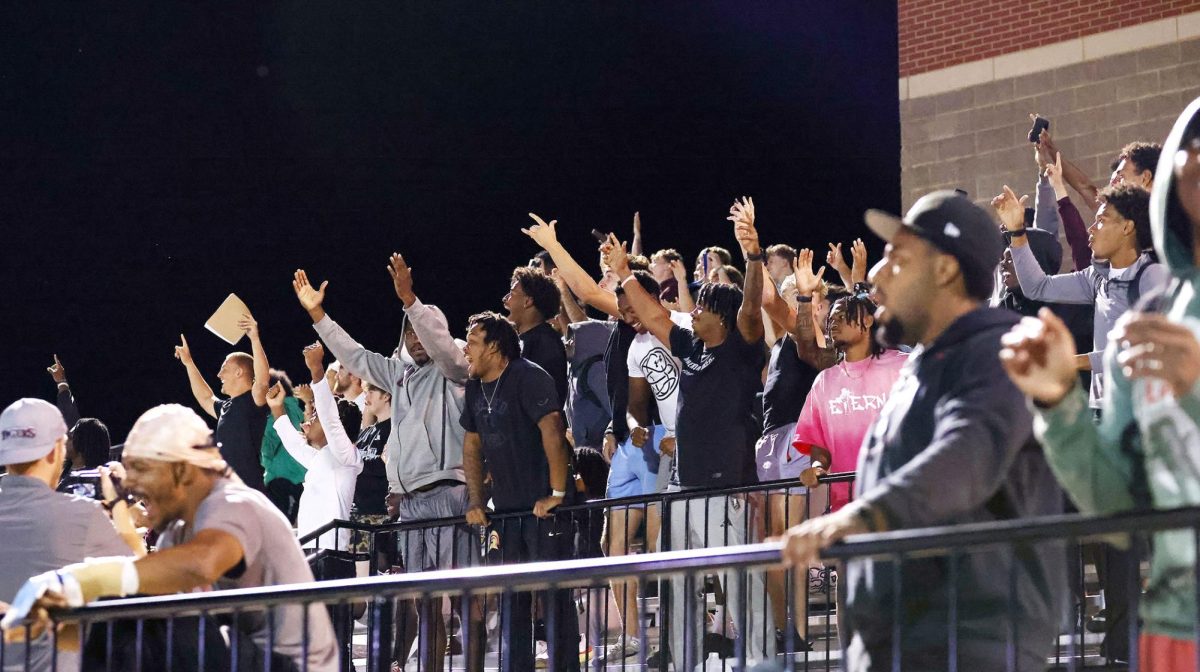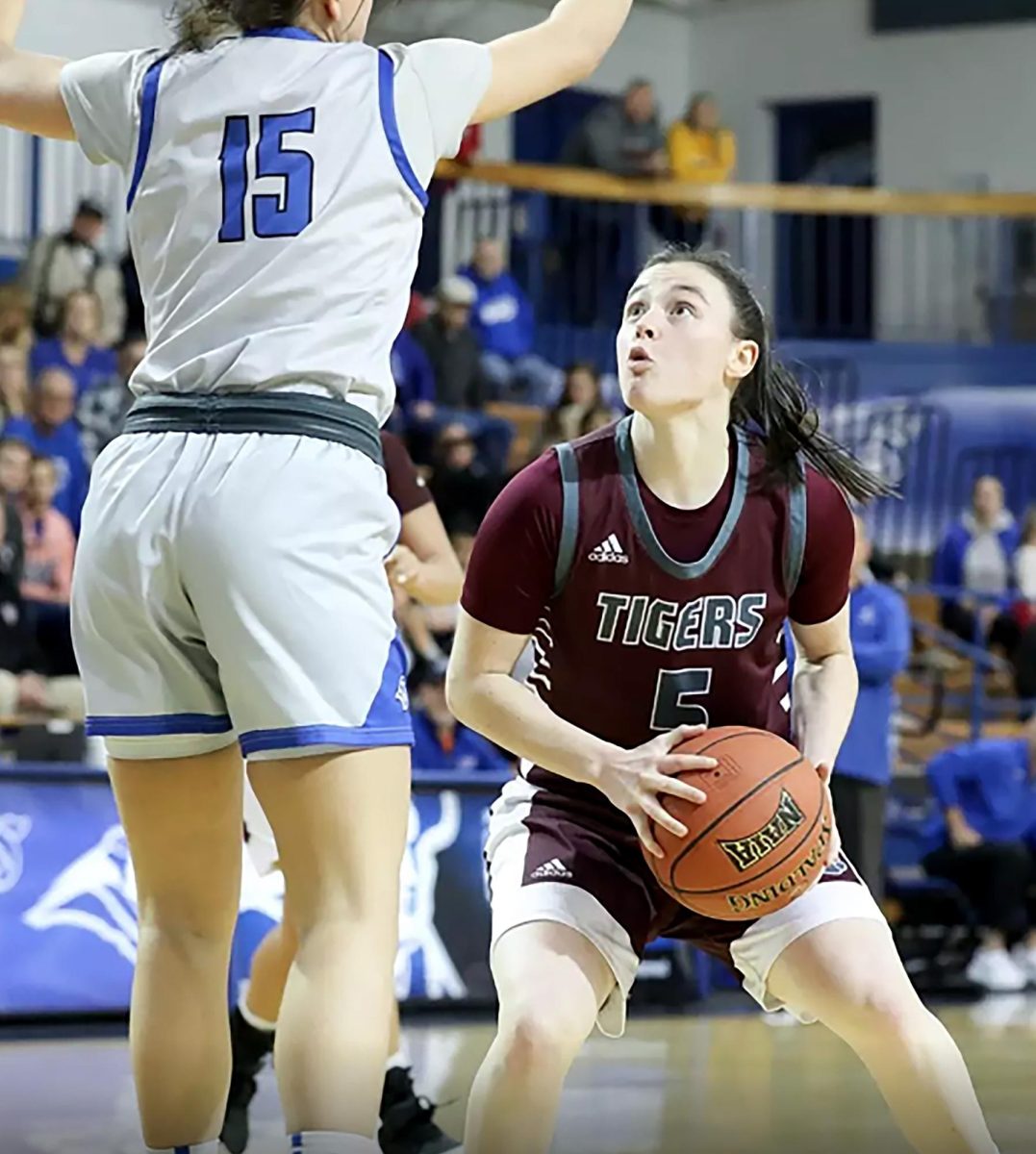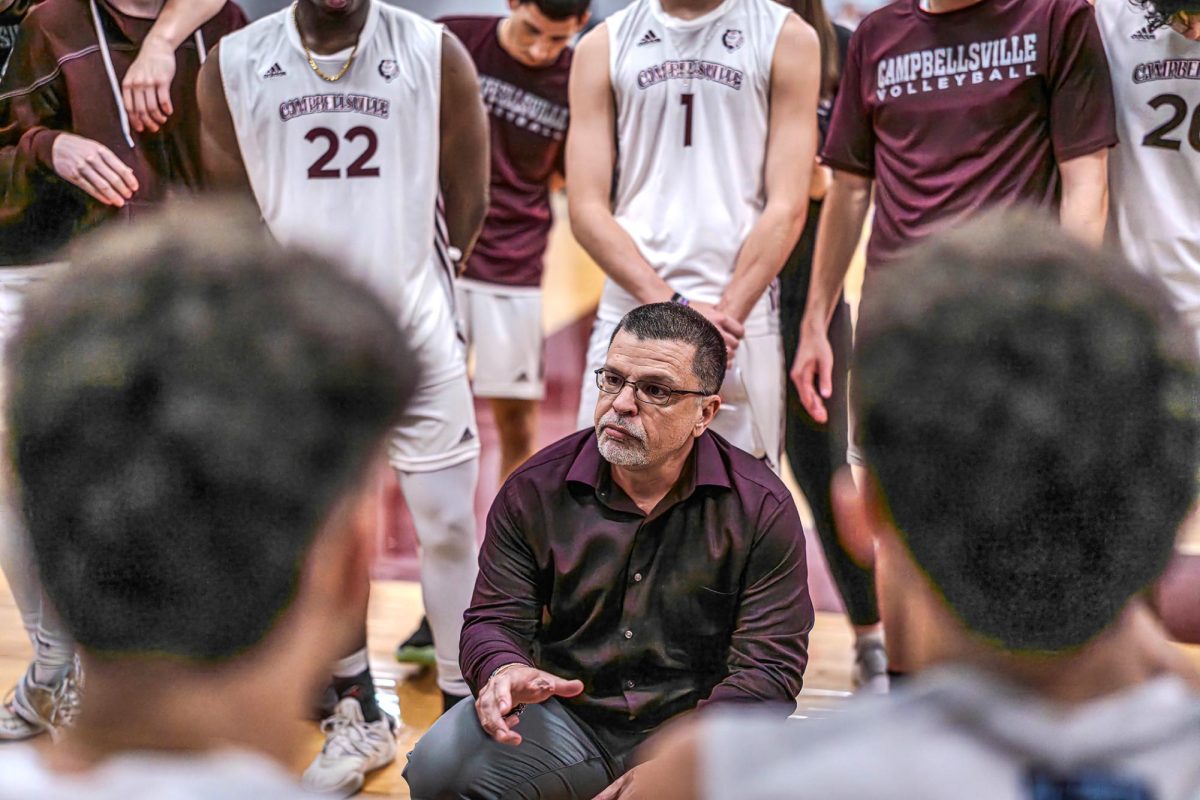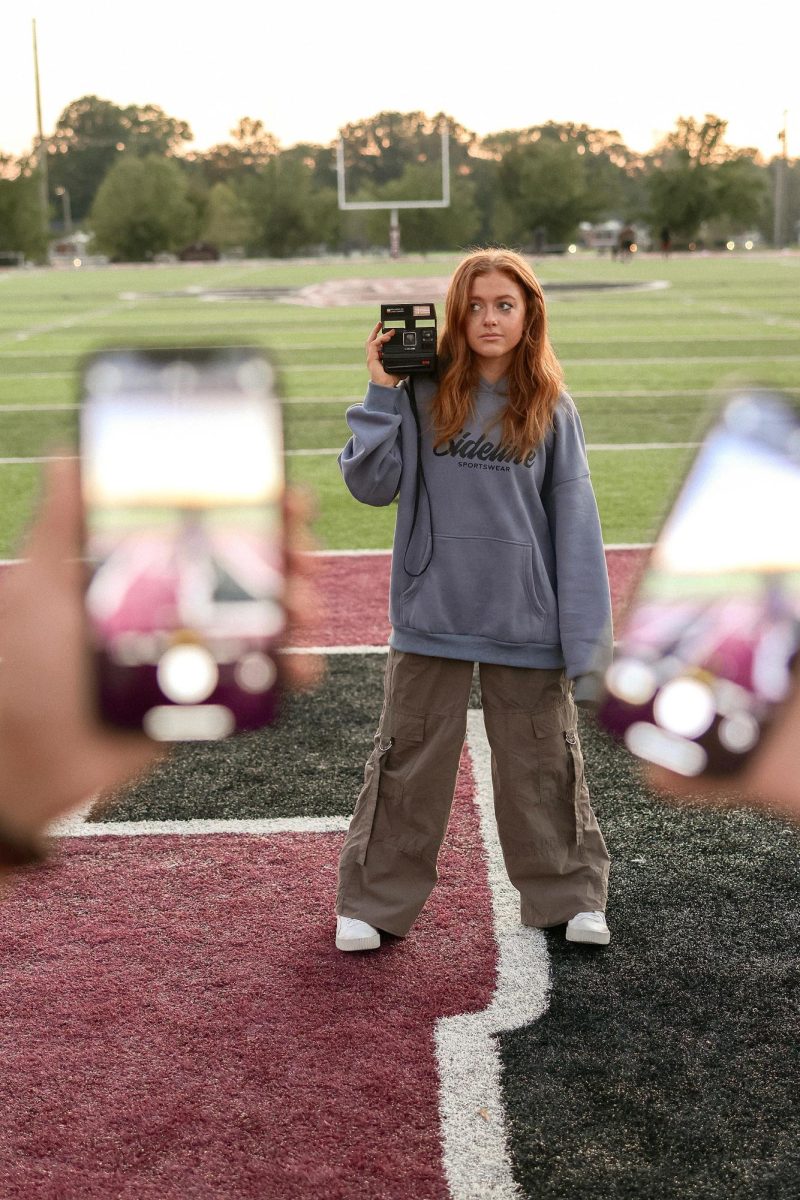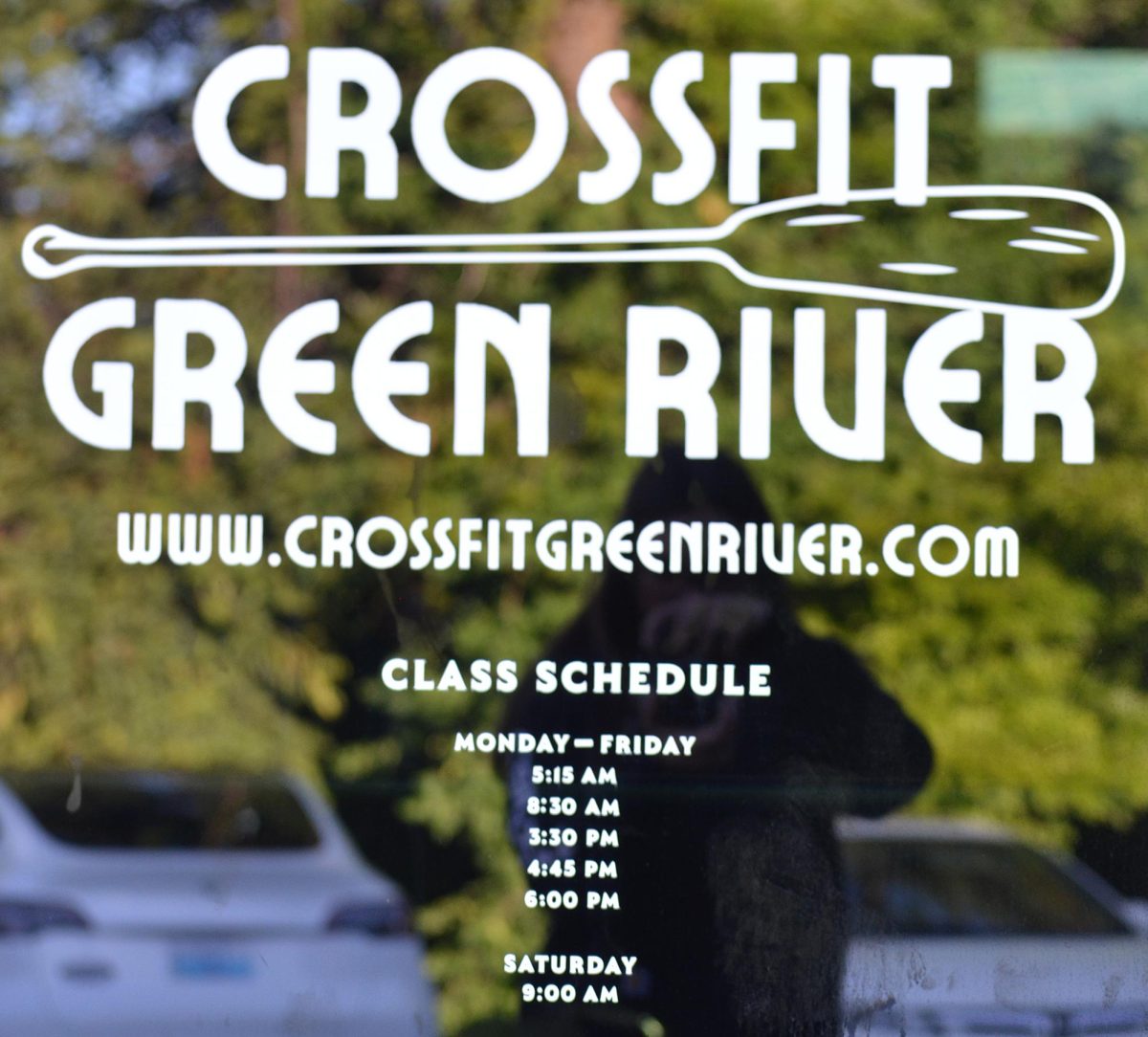Imagine walking into a bowling alley to see all lanes are filled up. Behind each lane is at least five ball bags, all identical in shape. Each bag has two wheels at one end, two straps that velcro together on top of the bag, at the end opposite of the wheels is a handle to pull the bag, and lastly there is a zipper at that same end to open a clear-topped pocket that can hold up to three balls.
Each lane also has a group of five to eight people in matching uniforms, with a coach or two as well. You are very confused as to what’s happening, so you go up to the front desk and ask. They proceed to tell you a bowling tournament is taking place all weekend, so there won’t be any open lanes until late both days.
“How can bowling be a sport?” you think to yourself. “It’s just something friends and families go out to do for fun together.”
While this hasn’t personally happened to me before, I did get asked to join a bowling team that I didn’t even know existed until I was asked. When thinking of Campbellsville University’s athletics teams, not many think of bowling. The university has a small team, currently comprised of about 14 students and two coaches.
In all actuality, bowling is considered a sport, just as much as basketball, football or baseball is. It just doesn’t get near enough attention. There are high school and collegiate bowling teams. There are also professional bowling associations, and even tournaments for bowlers to compete in outside of high school and college. Just like any other sport, bowling requires physical skill, involves competition and rules and a specific way of counting score. There are also many concepts to understand behind bowling. These include lane conditions, what each kind of ball does and how to properly throw the ball.
Lane conditions are all dependent on the oil pattern. The oil on a lane helps a bowler determine what ball to use, where to stand and where they should throw. The more oil a lane has, the further down the lane the ball will move before hooking – moving across the lane. Meanwhile, a dryer lane leads to quicker and sharper hooking.
In bowling, there are three main ball types – plastic, symmetric and asymmetric. Plastic balls are generally used for picking up spares because these are balls that don’t really move, giving a bowler a straighter and more predictable shot. Symmetrical balls have a symmetrical core, allow the ball to be more consistent and work better when more control is needed, such as on a drier lane. Asymmetrical balls have an asymmetric core, which leads to sharper hooking and is better suited for heavier oil patterns.
During a tournament, we are on our feet for at least five hours each day, but the amount of time spent at the bowling alley each day really just depends on what kind of event we are bowling. To kick off the season, both the CU men’s and women’s teams traveled to Indianapolis, Indiana to bowl in the Columbia 300 Western Shootout. On day one, Saturday, we bowled six team games, which took a total of about eight hours to complete. This was then followed by about another five hours of bowling on Sunday for 16 baker games. Team games are individually scored. Five people from each team bowl and get an individual score, but all scores are also added together at the end of each game to count towards the total team score. Baker games are when five people from each team bowls two frames each, so one person would bowl frames one and six, another would bowl two and seven, and so on.
I believe bowling is a sport because of not only the physical aspect of it, but also the mental aspect. Bowling requires a great deal of strength and stamina that most don’t think of since some believe it’s just a sport where you throw the ball. However, since standard balls are usually 12 to 15 pounds, and you’re throwing it at least 10 times a game, that weight adds up quickly for someone who isn’t used to the sport. Tournament days are also very long, with bowlers standing for up to eight hours, if not more, which is where the stamina comes into play. By having good stamina, you’re able to stand longer, but also bowl longer before getting tired.
Starting out, I got a 10-pound ball, but since I’ve been bowling for just under a year now, I’m bumping the weight up to 12 pounds. This is partly because I have started working out, which is another thing that makes bowling a sport. To help get better, bowlers should workout, specifically focusing on arms and legs. Working out legs helps because, surprisingly, a lot of the momentum the ball gets actually comes from the legs during the approach. Therefore, a strong approach is needed in order to help with the speed of the ball. Working out arms also helps because the heavier the ball being thrown is, the more likely you are to get a better break. The lighter a ball is, the more likely it is to deflect off the pins. This is an issue I’ve ran into a countless number of times; I throw a good ball but, due to the low weight, the ball deflects off the pins, causing me to get a lower pin count than I should’ve. Bowling is also very much a mental sport. This is because it’s very easy to get in your head if a bad ball is thrown or you’re not doing as good as you had hoped you would.
Joining the team in the middle of the season definitely wasn’t easy to do, but it was fun to say the least! Everyone on the team already knew each other, so I was an outsider coming it at first, but I very quickly got to know the girls on the team, and they immediately helped me start learning how to bowl well and understand everything. Maybe two months after I joined, I competed in my first tournament, which was very nerve racking, but it went extremely well. That’s when I very quickly learned that I can’t get frustrated with myself for missing my marks and I also can’t get in my head and overthink a shot.
Bowling is a difficult sport to say the least, from understanding all the terms and how to properly throw the ball to actually executing a good shot and understanding the lane conditions. All in all, bowling takes a lot of dedication. Contrary to popular opinion, it’s not just something easy and fun to pick up, it’s something that takes a lot of work. As I’ve been told a countless number of times recently, when changing one small thing I do, I won’t instantly improve in that moment or overtime. I have to put in the work with the new changes to eventually see the improvement. This year, the team practices four days a week, with at least two days of workouts a week, and weekends are full due to tournaments. A typical tournament week for me looks like the following:
- Monday – Either no practice, or an optional practice for two hours in the evening.
- Tuesday – Workout out for about 30 minutes in the morning and practice for two hours in the evening.
- Wednesday – Practice for two hours in the evening.
- Thursday – Workout out for about 30 minutes in the morning and practice for two hours in the evening.
- Friday – Travel to where the tournament is, usually at least two hours away.
- Saturday – Wake up early to compete.
- Sunday – Wake up early to compete again and travel back to Campbellsville that afternoon or evening.
While bowling may seem like an easy sport to pick up, or even not a sport at all, it very much is a difficult sport. Bowlers put in a lot of time, money and effort to get better, even if it’s just a little bit at a time.










